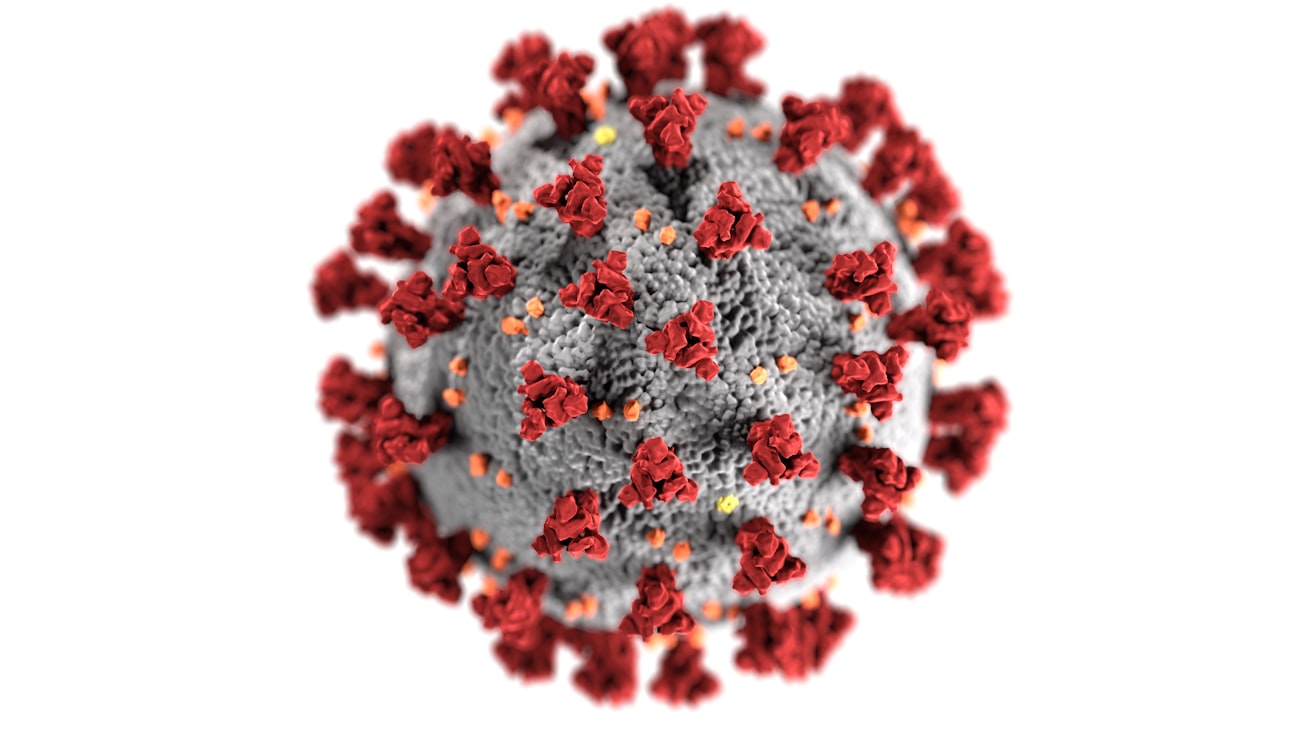What is it about?
COVID-19 can be spread by respiratory droplets that infected persons breathe out. They can also be released into the air when people talk loudly, sing, sneeze, or cough. These droplets vary in size. While large droplets tend to quickly settle down, the smaller droplets or aerosols can remain suspended in the air for a while. At present, scientists are unsure whether these small droplets play a role in spreading COVID-19. This study examines how long these small droplets can remain in the air. It also estimates how likely a person is to get infected after coming in contact with them. The behavior of aerosol droplets in the air is modeled by observing the droplet production in the air when people cough or talk. Based on the models and an estimate of the viral load in the droplets, the study determines the risk of infection in a wide variety of indoor settings.
Featured Image

Photo by CDC on Unsplash
Why is it important?
When COVID-19 initially appeared, there were concerns regarding the transmission of the disease. While the SARS-CoV-2 virus was known to spread through respiratory droplets exhaled by an infected person, the role of smaller droplets on the spread of the disease was not well established. Due to their small size, these droplets can stay suspended in the air for a long time, increasing the chance that a healthy person might come in contact with them. Identifying how a disease spreads is necessary for implementing effective control measures. Therefore, this study aims to assess the risk of infection presented by these droplets. KEY TAKEAWAY: The study finds that compared to larger droplets, the risk of infection due to the smaller droplets is low. This is because they are likely to contain a lower number of viruses than the larger droplets.
Read the Original
This page is a summary of: Aerosol persistence in relation to possible transmission of SARS-CoV-2, Physics of Fluids, October 2020, American Institute of Physics,
DOI: 10.1063/5.0027844.
You can read the full text:
Contributors
Be the first to contribute to this page







